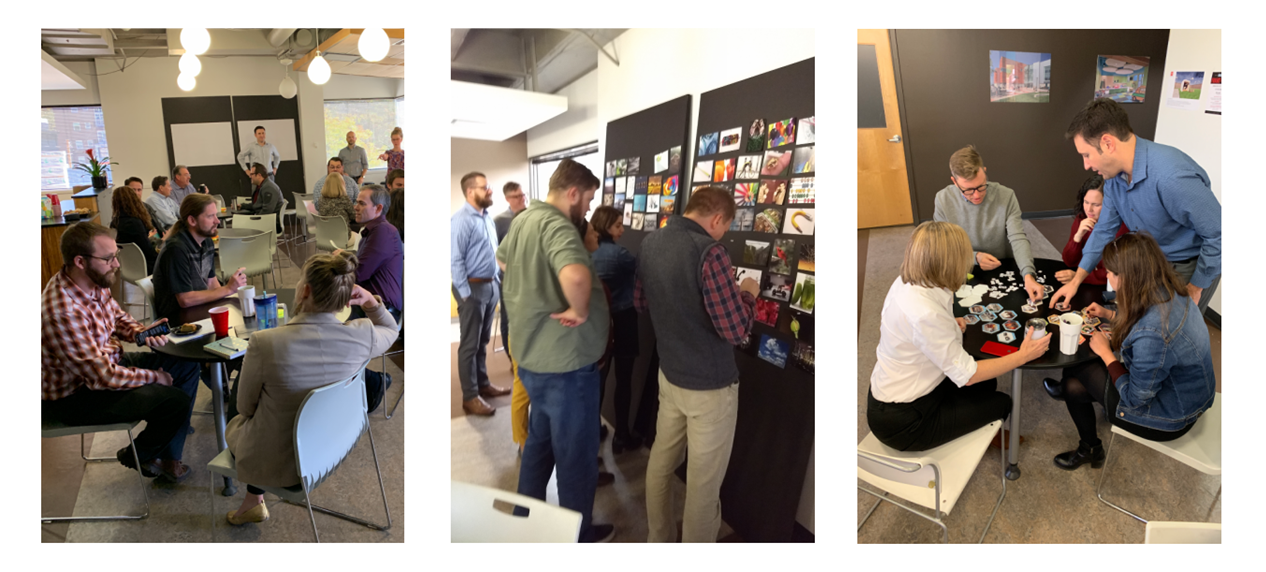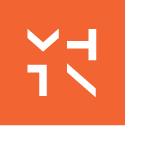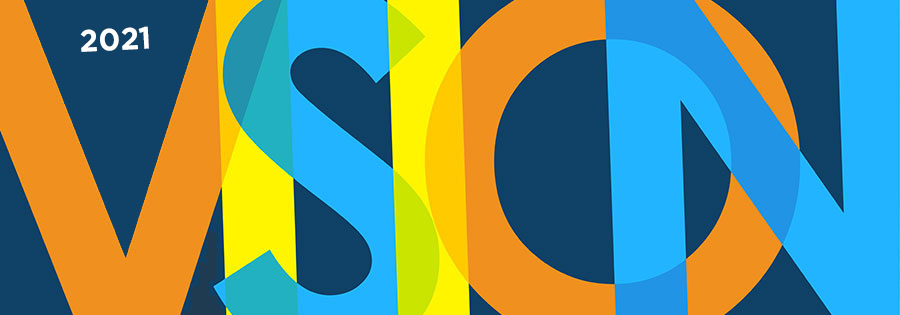Knowing that our office lease was going to be up in 2021, MHTN’s Pre-Design Team guided MHTN through a visioning and programming process to help imagine what the future of MHTN’s offices could be.
Faced with a looming lease-renewal and the choice to either stay and remodel our current space or move into a new space, MHTN wanted to know “How can we re-imagine our workspace?” With the expertise of our in-house Pre-Design Team, we embarked on an office-wide visioning and programming process that engaged and inspired our staff, evaluated challenges, and ultimately led to some wonderful ideas and unexpected insights.
Little did we know at the time what 2020 would bring. Those early exercises, in the Fall of 2019, led to a program for a future office space that is supportive of well-being, collaboration, and a variety of work modes. An office that supports human needs (physical, emotional, cognitive, and social) and the ways that we work.
As COVID-19 hit and everyone shifted to working from home, our team reviewed and revisited the program to find that it aligned with all that we’ve learned from this pandemic about the future of work and the workplace.
VISION 2021
As architects and designers, we eat, breath, and sleep conceptualizing space. How it functions and supports human needs, how to make it aesthetically pleasing. When it comes to our own office, everyone has their own way of working, organizing their workspace, and approaching creativity. As the Pre-Design Team got to work, a main challenge was in getting employees and leadership to step away from their existing mode of operation and evaluate their work process. We used a variety of exercises to get staff to ask themselves these questions:
In the future, when the vision of our future office has come to life, what will the experience be like?
What is an “ideal office”, and how does it support our employees, culture, and work as creative professionals?
When tasked with re-imaging something that is so close to our own experience, we almost needed an “intervention” to get a group of architects to avoid jumping to spatial conclusions, and instead, think about how we see ourselves, and how we envision the culture we want to cultivate in a new space.

The Pre-Design Team crafted a series of interactive workshops, surveys, pin-ups, focus groups, and even invented a board game, to address a few fundamental topics: workplace culture, the relationship between focused work and creative collaboration, and how our context and environment contribute to a sense of well-being. Common themes began to emerge, and we developed a set of project drivers that became our VISION 2021 Program that ultimately informed the design of the new studio:
• Support the individual within the collective • Honor roots, nurture growth
• Exploration and creation • Fostering wellness • Space that inspires • Embedded resiliency
A SHIFTING LENS
And then, COVID-19. As the pandemic unfolded and we scattered into our remote worlds, our team immediately began to wonder if our visioning and programming findings were still valid, do people still want these things. In response, MHTN circled back with follow-up surveys. The team engaged a subsequent workshop to understand “what is the future of work?” and “how can we as design professionals enhance the inherently-collaborative work we do?”
Turns out, despite the radical change and efficiencies found in remote work, our employees tracked with the nation. We found our firm values an even balance of collaboration, professional resources, and focus while inside the office. It also became apparent there is a consensus in placing greater emphasis on teamwork. These findings inspired us to think about our future office space in a totally new way: that it can be a place we go to exchange ideas, test, and discover new things together, and that maybe it shouldn’t be called an office anymore, but instead we should call it our “studio.”
A few surprising bits were uncovered in this process. One, the engagement of 100% of staff was off the charts and continues to this day. The experience validated the theory that bringing more people into the conversation activates a sense of belonging and comradery, that helps create a culture we will all thrive in. And two, this experience reinforces the importance of going through a visioning exercise.
Lastly, the visioning that MHTN does with our clients has prompted epiphanies and “a-ha” moments. We found, though, it can be difficult to understand the profound results until you go through it with your own colleagues, there is power in imagining together.


Leave a Reply
Want to join the discussion?Feel free to contribute!